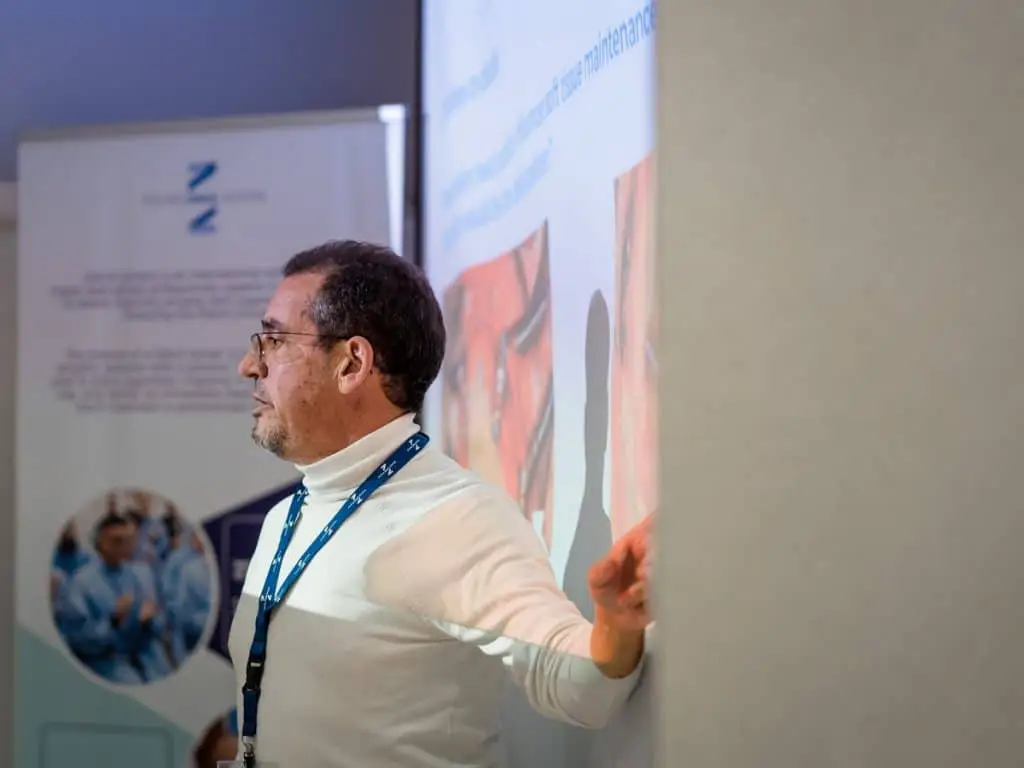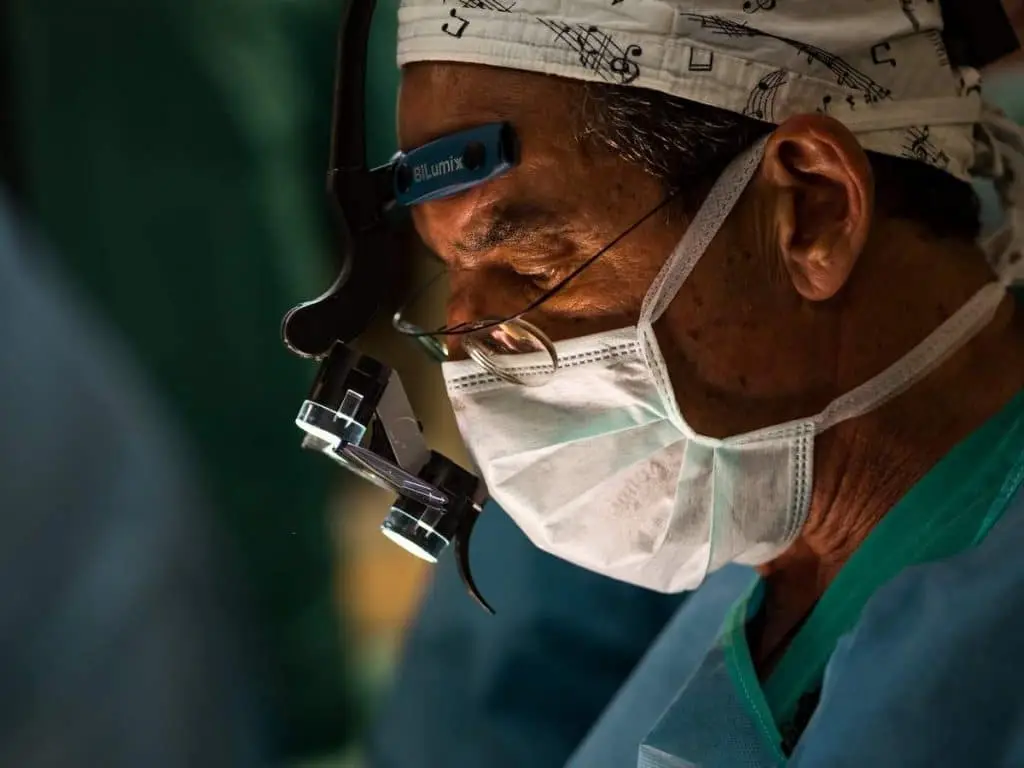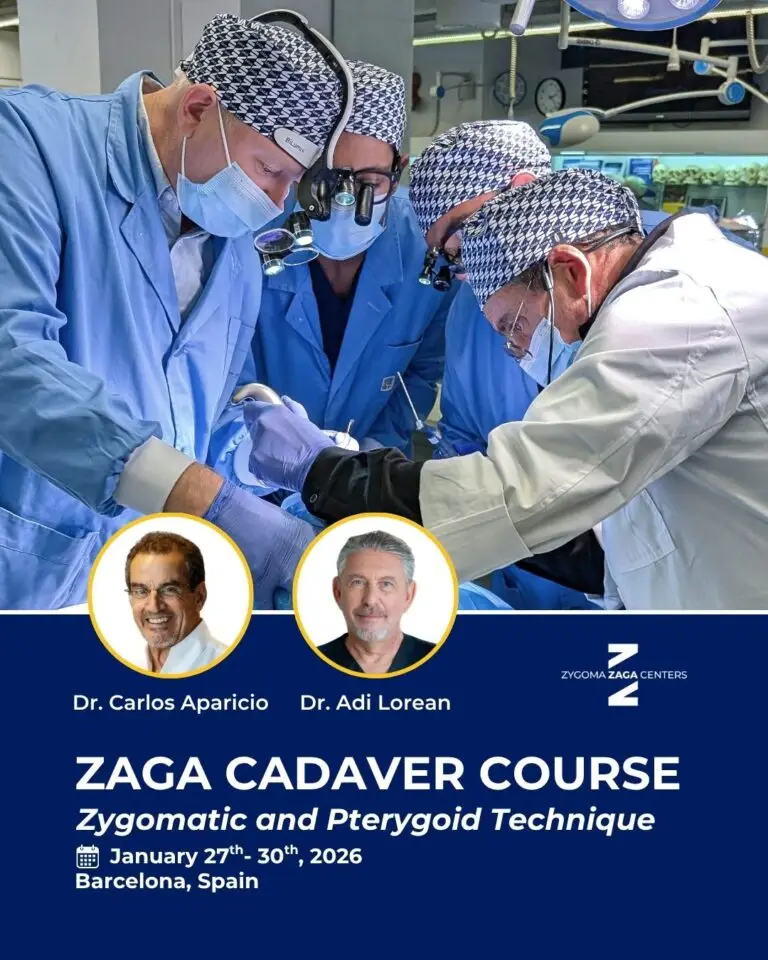
Aparicio, C., Manresa, C., Francisco, K., Claros, P., Alández, J., González-Martín, O., & Albrektsson, T. (2014). Zygomatic implants: indications, techniques and outcomes, and the zygomatic success code. Periodontology 2000, 66(1), 41–58. https://doi.org/10.1111/prd.12038
While implant-based restorations have become a common treatment in the developed world, any form of rehabilitation of severely atrophic, fully edentulous maxilla can prove extremely challenging to even the most experienced of clinicians. Over several decades, bone grafting either prior to, or simultaneously with, implant placement has become a standardized and routine practice in these cases.
Conventional grafting techniques – the gold standard
In a wide number of studies, various techniques for bone augmentation including onlay bone grafting and sinus floor augmentation had been documented over the years, with one common goal in mind…to increase the bone volume and/or bone quality at the site, in order to aid implant anchorage.
Classically, the primary way to help severely atrophic maxilla patients has been through staged rehabilitation involving autogenous bone grafting and the placement of 8 or more implants. Further testing has shown that long-term predictability can be achieved with a minimum of 4 dental implants. Even so, either process still brings with them their own set of issues. These include:

- Additional operating time
- Added costs, and of course, for the patient…
- Longer healing time leading to a delayed return to full dentition.
There’s also the fact that when bone is taken from the Iliac crest (the curved ridge at the top of the pelvis) and used in conjunction with either immediate or delayed loading, it can carry a failure rate of somewhere between 10%-30%. Unfortunately, sinus floor augmentations don’t fare much better either…
Although there are numerous clinical publications stating the effectiveness of sinus floor augmentations, the procedures remain controversial. Much of the clinical literature, for example, lacks any kind of documented implant failure and/or success rates. Alternatively, they fail to describe initial bone height or any kind of standardized radiographic follow up. In effect, it becomes hard to get a true picture of just how effective (or not) the procedure is.
Even using the lateral window technique for sinus elevation, an annual failure rate of 3.5% was found in one study. Similar results were also found when using the trans-alveolar technique, with an estimated survival rate of 92.8% after 3 years of function.
Zygomatic Implants – Exploring the alternatives
Rather than attempting to reconstruct reabsorbed bone, both zygomatic and pterygoid implant techniques anchor instead into non-absorbing craniofacial bone. These ‘graft less’ approaches negate the need for complex and costly bone grafting. However, to date, there are little or no documented clinical trials that specifically evaluate and compare both of these options. But, when looking at the literature individually, zygomatic implants do have a level of predictability in both the short and long-term which are comparable with standard implant placement.
After 2 years, a cumulative survival rate of 100%
Initially, zygomatic implants were invented by Brånemark to help those with severe maxillary issues, anchor a palatal obturator to the zygomatic bone. Over time, however, positive clinical evaluations meant that treatment was extended to provide support for all severely edentulous patients where bone grafting might otherwise be extensive.
The standardized technique
Placement of zygomatic implants should be seen as major oral surgery which requires both a deep understanding of the local anatomy by someone who has undergone specialized surgical training. While risks are uncommon, they can occur both intra-operatively and post-operatively. That said, compared with major bone grafting, zygomatic implant placement remains a less invasive technique. Common indications mean that zygomatic implants are combined with between 2 and 4 anterior maxillary implants, placed axially.

Contraindications include:
- Acute sinus infection
- Issues or diseases of the zygomatic (cheek) bone and…
- Underlying malignant or systematic diseases.
Lesser contraindications include:
- Chronic sinusitis
- Heavy smoking (more than 20 cigarettes per day)
- The taking of bisphosphonates (used to treat bone disease such as osteoporosis)
Treatment is usually carried out under general anesthetic, although recent research indicates that it is possible for a patient to undergo zygomatic implant placement under localized anesthetic.
Zygomatic Implant Modifications
While the standard technique for zygomatic implants remains as stated above, this treatment model isn’t always ideal, especially for patients suffering from buccal concavities. To overcome this, an extra-sinus approach was adopted. Recent techniques involved placing the implant with the head towards the alveolar crest, by-passing the maxillary sinus, and ending up in the zygomatic bone. The idea is that placing implants in this way should result in fewer sinus-related problems and ultimately less discomfort for the patient. Perhaps more importantly, implant positioning by this means also shows a marked improvement over the original technique.
Zygomatic Implants – Initial concerns
Initial concerns of this latter technique were thought to include a long-term effect of the exposed threads in relation to the soft tissue due to the lateral trajectory. As a result, studies were undertaken in comparison with submerged implants and were followed up for 5 years. The outcome was that analysis showed no signs of any marginal bone loss or indeed failure rates of machined zygomatic implants. This experience is mirrored by other clinicians who ran similar tests.
In addition, testing carried out by Corvello et al showed that when an exterior technique is used, longer holes were needed in the zygomatic bone than the original technique, but no difference in implant length was needed. Preference for one treatment type over another should instead take into consideration the presence of buccal concavities, the maxillary sinus, and the region of the implant site going into the zygomatic bone.
What’s more, the success criteria of zygomatic implants differ somewhat from conventional implants simply because any crystal bone loss prevents accurate measurement. Instead, a CBCT led approach coupled with a simple yes/no questionnaire to evaluate whether the sinuses are healthy should always be undertaken in all cases.
Zygomatic implants have in many instances shown to have improved clinical results in relation to bone grafting; and in compromised maxillary bone, it seems that all the hallmarks are there in order to initiate a new ‘gold standard’ of implant placement in these circumstances.

